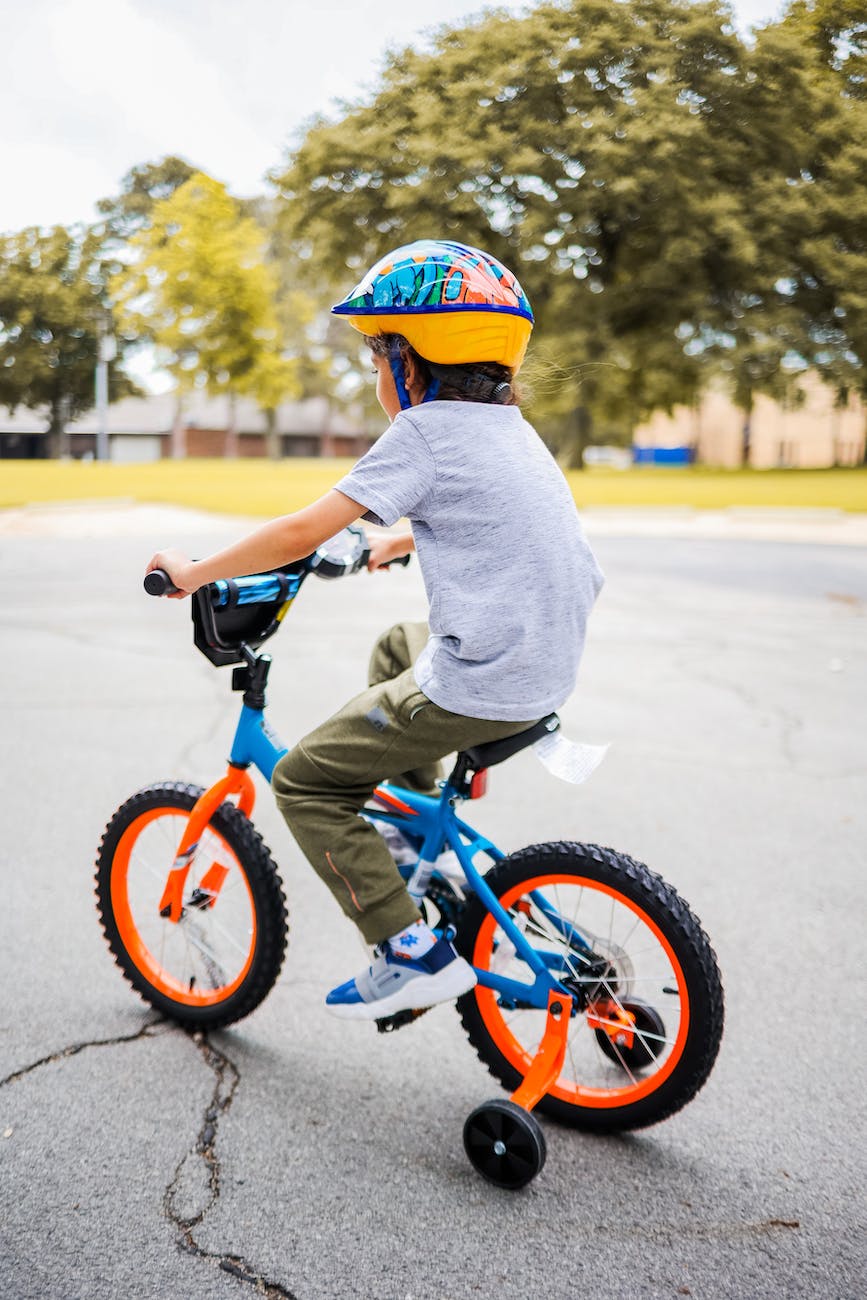As parents, our top priority is keeping our children safe, especially when they’re enjoying something as fun and beneficial as bike riding. A crucial part of this safety is selecting and properly fitting a bike helmet. This article delves into the essential steps and considerations to ensure your child has the best protection while out on their cycling adventures.
Why a Proper Helmet is Vital
Before we jump into the how-tos, let’s understand why a properly fitted helmet is non-negotiable:
- Protection Against Injuries: Helmets are designed to protect your child’s head from impacts and reduce the risk of serious injuries.
- A Safety Requirement: In many places, wearing a bike helmet is not just recommended; it’s the law, especially for children.
Choosing the Right Helmet
- Look for Safety Certification: Ensure the helmet has a Consumer Product Safety Commission (CPSC) sticker. This certification means the helmet meets high safety standards suitable for biking. Helmets might also bear “ASTM,” “ANSI,” or “Snell” labels, indicating compliance with standards set before 1999.
- Right Size and Type: Helmets come in various sizes and styles. Make sure to choose one that suits the age and size of your child, and is appropriate for the type of cycling they’ll be doing.
Fitting the Helmet Properly
A helmet can only provide maximum protection if it fits correctly. Here’s how to ensure a proper fit:
- Snug but Comfortable Fit: The helmet should fit snugly on your child’s head. When the chin strap is buckled, it should feel tight but not uncomfortable.
- Correct Positioning: The helmet should sit level on the head — not tilted back or too forward. The bottom edge should be about one to two finger-widths above the eyebrow.
- Adjust the Straps: The side straps should form a “Y” shape around each ear, meeting right below the earlobe. This ensures the helmet stays securely in place.
- Chin Strap Test: When your child opens their mouth wide, the helmet should pull down slightly. This means the chin strap is tight enough.
- Movement Test: Have your child shake their head “no” and “yes.” The helmet should stay firmly in place without sliding or wobbling.
- Visibility and Hearing: Ensure your child can see clearly in all directions and hear traffic and other sounds.
Regular Checks and Replacement
- Inspect Regularly: Regularly check the helmet for any signs of damage, and ensure the fit remains snug as your child grows.
- Replace After Impact: If your child has fallen and hit their helmet, replace it immediately, even if there’s no visible damage.
Educating Your Child
Finally, it’s crucial to educate your child on why helmet safety is important. Encourage them to always wear a helmet, no matter how short the ride, and to be a role model for their friends.
Remember, a helmet is an essential piece of your child’s biking equipment. By choosing the right helmet and ensuring a proper fit, you’re taking a significant step in protecting your little one while they enjoy the freedom and joy of bike riding. Stay safe and happy riding!




